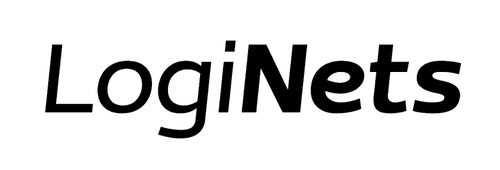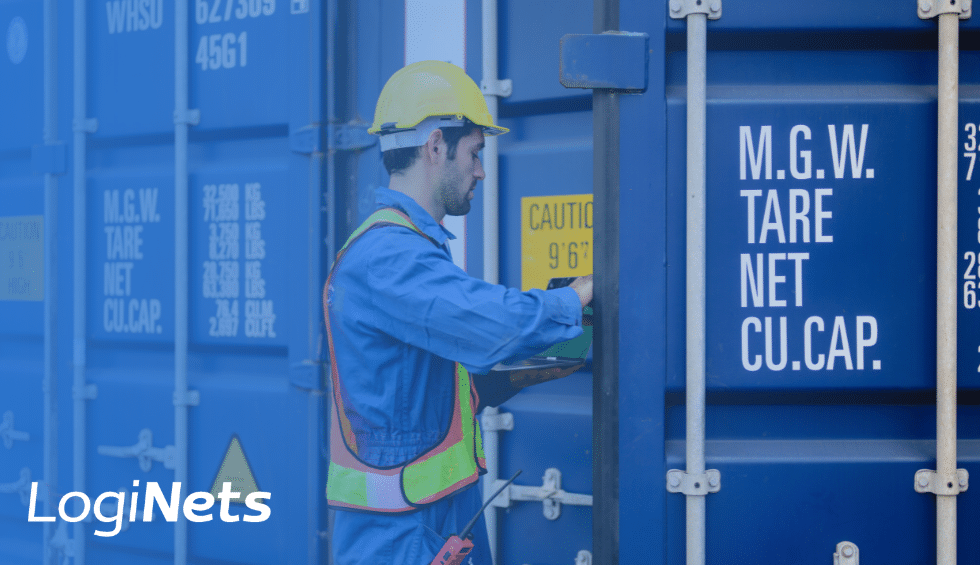Efficiently feeding materials to industrial project sites is essential for keeping large-scale industrial projects on schedule and within budget. Proper logistics not only prevent delays but also enhance productivity, ensuring that every phase of the industrial project runs smoothly. Below, we explore best practices that focus on actions to feed materials to construction sites, followed by the specific benefits each practice offers.
1. Containerization by Factory Area or Product Type
Actions:
- Load and containerize items by the factory area when items are being prepared for the delivery to site.
- Use containers as storage locations on-site, clearly marked for specific areas.
Benefits:
- Streamlined Material Flow: By containerizing materials by area or type, the materials can be directed quickly and accurately to the correct locations on-site, reducing handling time and minimizing errors.
- Improved Storage and Retrieval: Containers can be used as temporary storage units, making it easier to locate materials when needed for installation, ensuring they are ready and available when required.
2. Pre-Notification Messages for Incoming Deliveries
Actions:
- Set up a system to send pre-notification messages to the site receivers about upcoming deliveries.
- Plan storage locations for containers or products in advance based on these notifications.
Benefits:
- Enhanced Preparation: By knowing in advance what materials are arriving, the site team can plan storage, handling and needed lifting capacity strategies, reducing idle time and improving efficiency.
- Optimized Lay-Down Area Management: Pre-planned storage locations help in making the best use of available space, avoiding congestion and ensuring quick access to materials when needed.
3. Package Labels with Colour Codes
Actions:
- Implement a standardized labeling system using colors, shapes (e.g., circles), and QR codes.
- Clearly mark the intended receiver and relevant factory area on each package.
Benefits:
- Efficient Storage allocation: Labels with color codes and shapes make it easy to identify the intended location for each package, even from a distance.
- Improved Inspection and Tracking: QR codes on labels simplify the inspection process and allow for quick updates on the location and inspection status of materials, enhancing inventory control.
4. QR Codes in Product Labels
Actions:
- Apply QR codes to product labels
- Use QR codes to update product location and installation status on the site.
Benefits:
- Quick and Accurate Identification: QR codes enable fast identification of materials, ensuring they are directed to the correct location with minimal delay.
- Real-Time Updates: By scanning QR codes, site managers can instantly update the location and installation status of materials, facilitating better coordination and tracking across the project.
- Easy Erection Process and Deviations Reporting
-
5. On-Site Material Coordination Meetings
Actions:
- Schedule short, daily or weekly coordination meetings between the logistics team, site supervisors, and installers to review current material inventory, new deliveries, and any potential bottlenecks.
- Use these meetings to adjust the delivery plan, based on immediate site needs and progress updates from each team.
Benefits:
- Improved Communication: Regular, short meetings keep all parties aligned and ensure quick decision-making, which can prevent delays.
- Proactive Issue Resolution: By reviewing material status regularly, teams can quickly address issues like material shortages or misplacements before they impact the project.
Conclusion
Implementing these best practices for material delivery can significantly enhance the efficiency of your construction site. Containerization, pre-notification messages, detailed package labeling, and the use of QR codes all contribute to a more organized and responsive logistics process in industrial project. By focusing on these actions and understanding their benefits, construction projects can minimize delays, improve material management, and ensure a smooth workflow from start to finish.
Want to discover how LogiNets MHS software will optimize the feeding of materials to industrial project sites? Get in touch!

Did you enjoy this post? You might also be interested in our blog posts on


